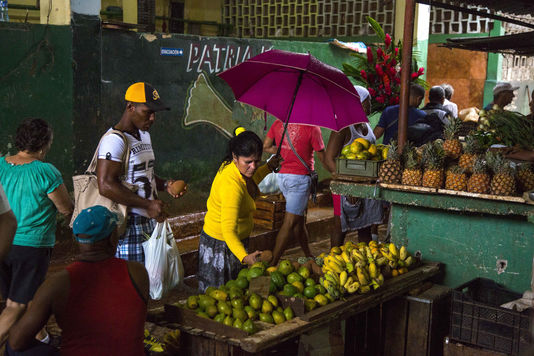
Raul Castro, who is leaving the head of the cuban State, Thursday, 19 April, left a legacy to his successor, Miguel Diaz-Canel, the mother of all reforms : the unification of the two currencies in circulation in Cuba since 1994, of which one is convertible and is equivalent to the dollar. This is the main source of inequalities between Cubans, depending on whether they have access to the precious greenback or that they are content with a meager income in pesos (the average wage is 24 euros).
Experts compare the impact of monetary unification in a ” tsunami “, because it will lead to inflation and devaluation : what will be the rate of change of the future single currency ? The state-owned enterprises will be more profitable. In fact, the State displays a large budget deficit and will no longer have the means to subsidize them. Aid to these enterprises exceeds the expenditure in education and health care.
The public sector should reduce its workforce by between 1 million and 1.5 million posts. To ease the burden of the State, Raul Castro had authorized, since 2010, the year of 200 professions or activities ” on his own “. After having granted 580 000 licences, the authorities have put a brake on self-employment in 2017. “The limitation of the work on his own account is purely ideological, writes Omar Everleny Pérez, a former director of the Centre for the study of the cuban economy at the university of Havana. While we need to produce the wealth to share the cake, the government continues to warn against the fortification. “
“The complexity of the measures to be taken does not justify the slow pace ”
Thus, an autoentrepreneur can not possess two restaurants, including the number of places is limited. However, the State would have an interest to broaden the tax base to meet its deficit. “Even the terminology does not change, says Mr. Pérez. The work on his own account is a euphemism for…






